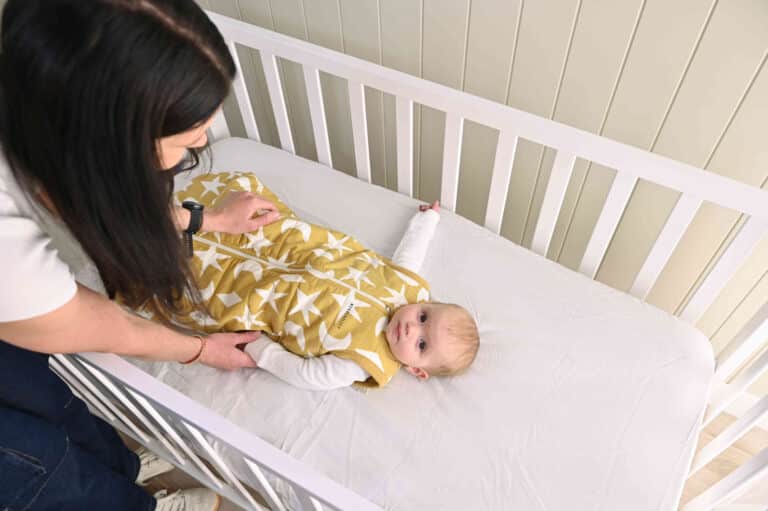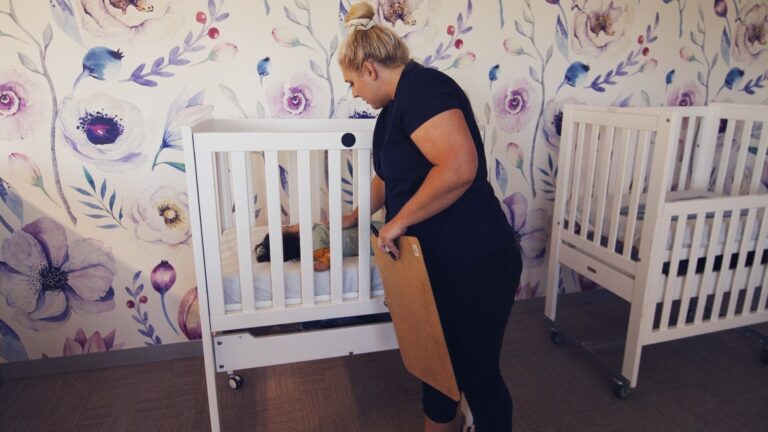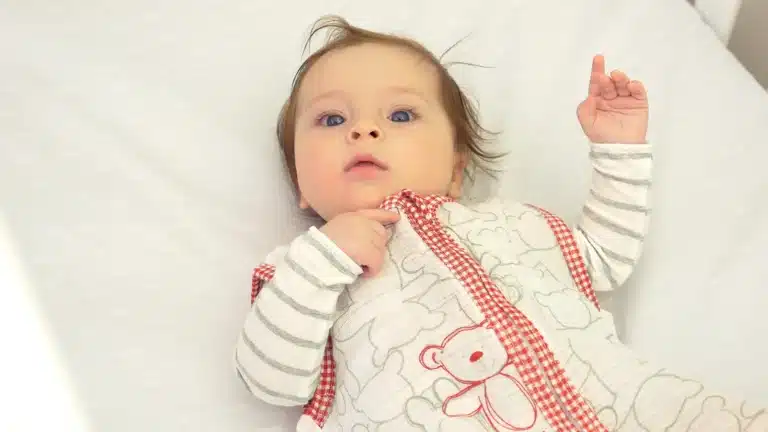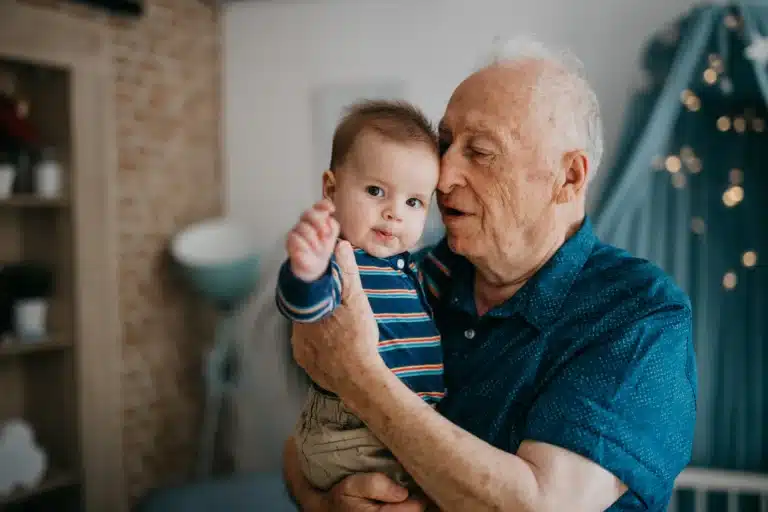There is no scientific evidence that any type of baby monitor prevents Sudden Unexpected Death in Infancy (SUDI), including Sudden Infant Death Syndrome (SIDS) or fatal sleeping accidents. Some manufacturers make false claims about preventing sudden death, but monitors are only alarms — they do not save lives.
Monitors are not recommended for preventing SUDI by Red Nose’s National Scientific Advisory Group. Their use should only occur under medical advice and monitoring.
If a health professional recommends a monitor due to specific medical conditions, parents and carers should complete infant CPR training and have a clear care plan. This is especially important if the baby will also be cared for by others, such as grandparents, friends, or early childhood educators.
It is also important to note that commercial baby monitors sold in stores are not required to meet safety standards, and some may present strangulation or entrapment risks if they have leads.

The Main Types of Monitoring Systems
Home monitor use is only recommended under medical advice. There is no evidence of decreased risk to a baby when using a home monitor, as the monitor is only an alarm, it is not a lifesaving device. The carer needs to be able to respond to the alarm and be trained to resuscitate the baby if needed. There are also risks of strangulation and/ or entrapment with monitors that have leads.
Audio
- Allow parents to hear noises from the baby’s room.
- Do not monitor breathing or sleeping position.
- Room-sharing for the first 6 months is recommended instead, as it reduces the risk of SUDI.
Mat and Movement Monitors
- Mat monitors sit under the bedding and alarm when no movement is detected.
- Movement monitors attach to the baby’s clothing and alarm after a pause in tummy movement.
- Neither can detect obstructed breathing, so they do not prevent SUDI.
Heart and Breathing Monitors
- Use electrode dots or wearables to track chest movement and heart rate.
- Alarm when breathing pauses (20 seconds) or heart rate drops below a set limit.
- Portable, but still not proven to reduce SUDI.
Oxygen Level Monitors (Oximeters)
- Common in hospital but rarely used at home.
- Alarm when oxygen saturation falls below a set level (often 92%).
- Still prone to false alarms and not shown to prevent SUDI.
Monitors for Hearing-Impaired Parents
- Use vibration or light to alert parents that the baby is awake.
- Not designed to reduce SUDI risk.
When Health Professionals May Recommend Monitoring
- After a serious event requiring resuscitation (an “Apparent Life-Threatening Event” or ALTE).
- In significantly premature babies with breathing or heart-rate instability.
- Babies with diagnosed sleep-related breathing disorders.
- Babies with rare conditions that affect breathing.
- Babies who require oxygen or ongoing respiratory support.
Even in these situations, international guidelines state that monitors do not predict or prevent SUDI, and their use should be discussed carefully with your doctor.
Monitors and Parental Anxiety
For some families, monitors may increase anxiety rather than provide reassurance. False alarms are common — caused by shallow breathing, rolling off a mat, or technical faults. Many babies also experience brief pauses in breathing without risk, which can set off alarms unnecessarily.
On the other hand, there are cases where monitors have failed to alarm when a baby has died. This reinforces that monitors are not protective against SUDI.
Key Takeaways
- Monitors do not prevent SUDI, SIDS, or fatal sleeping accidents.
- Only use a monitor if specifically recommended by a health professional.
- If a monitor is used, parents and carers should be trained in infant CPR and have a care plan.
- Room-sharing (not bed-sharing) for the first 6 months remains the most effective way to reduce SUDI risk.
- Commercially available monitors are not held to mandatory safety standards.
You may choose to seek the advice of your doctor, paediatrician or child health nurse before purchasing and using a monitor.
Did you find this helpful?
Good job! Please give your positive feedback
How could we improve this post? Please Help us.




